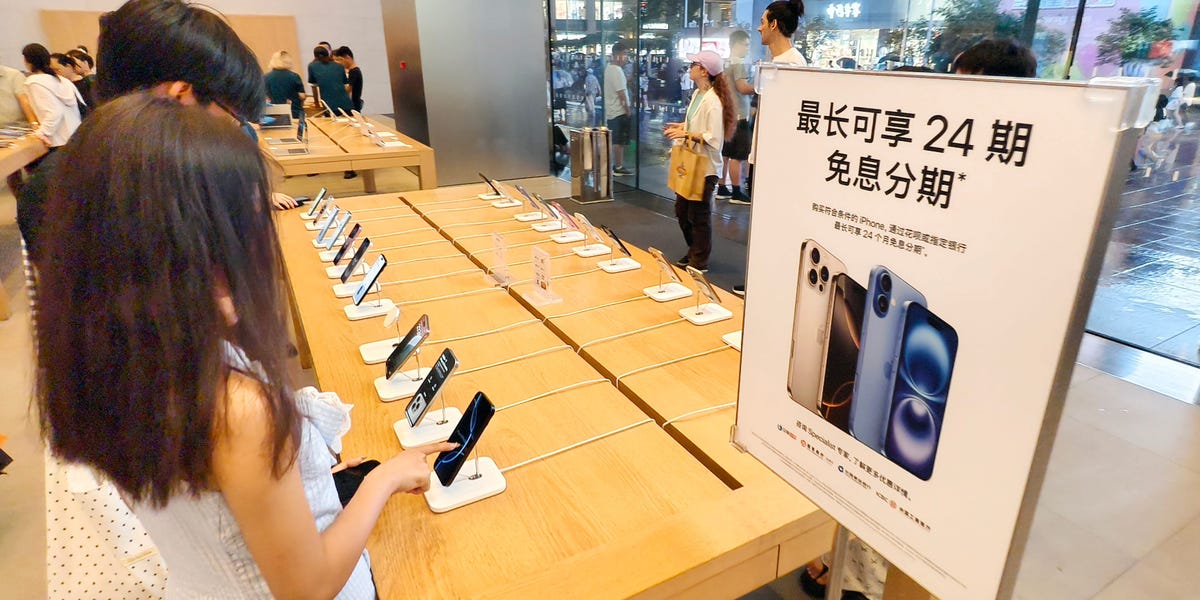China Throws a Curveball: iPhone Air's Rocky Road to Market

Apple's Latest iPhone Air Faces Potential Roadblocks in China's Telecommunications Landscape
Apple's highly anticipated iPhone Air may encounter significant challenges in the Chinese market, as the device's innovative eSIM-only design could potentially clash with the current telecommunications infrastructure. The cutting-edge smartphone's exclusive reliance on embedded SIM technology might create unexpected hurdles for Chinese mobile carriers who have not yet fully adopted this advanced connectivity solution.
The potential delay stems from the complex ecosystem of mobile network support in China, where traditional SIM card technologies still dominate. Many local carriers are still in the process of transitioning to eSIM technology, which could complicate the iPhone Air's seamless introduction to the massive Chinese smartphone market.
This technological standoff highlights the delicate balance between innovation and infrastructure readiness. While Apple continues to push the boundaries of mobile technology, telecommunications providers must simultaneously upgrade their systems to accommodate these groundbreaking design choices.
Consumers and industry observers are closely watching how this potential challenge will unfold, as the Chinese market represents a crucial battleground for smartphone manufacturers seeking global market dominance.








